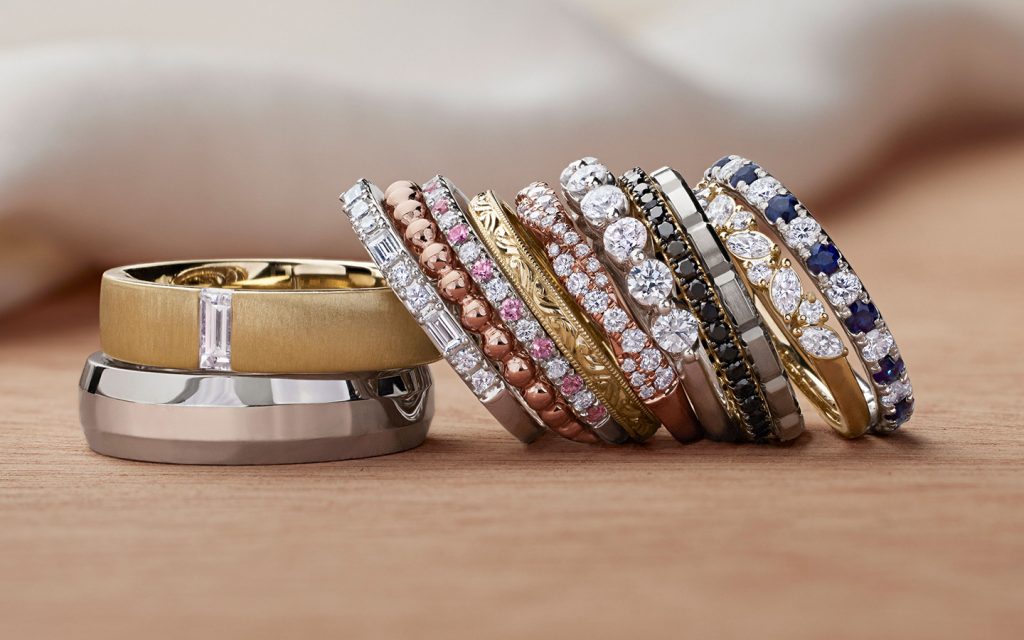Diamonds have long been symbols of luxury, elegance, and enduring love. Traditionally, these precious gemstones have been mined from the Earth, a process that is both costly and controversial. In recent years, however, the rise of lab-grown diamonds has revolutionized the jewelry industry. Offering an ethical, sustainable, and affordable alternative, lab-grown diamonds are quickly gaining popularity among consumers who want all the brilliance of natural diamonds without the environmental and ethical concerns.
What Are Lab-Grown Diamonds?
Lab-grown diamonds, also known as synthetic or cultured diamonds, are real diamonds that are created in a controlled laboratory environment rather than being mined from the Earth. These diamonds are chemically, physically, and optically identical to natural diamonds. The key difference is that lab-grown diamonds are made through human-controlled processes that replicate the conditions under which natural diamonds form deep within the Earth’s mantle.
There are two main methods for creating lab grown diamond jewellery:
High Pressure High Temperature (HPHT): This method mimics the natural conditions of pressure and temperature that exist deep within the Earth. Carbon is subjected to extreme pressure and temperature to form a diamond crystal.
Chemical Vapor Deposition (CVD): In this process, a gas mixture (usually methane and hydrogen) is heated to create a plasma that breaks down the gases, allowing carbon atoms to deposit onto a substrate, growing diamond layers one atom at a time.
Both processes result in diamonds that are identical to natural diamonds in terms of appearance, hardness, and light dispersion.
The Advantages of Lab-Grown Diamonds
Ethical and Sustainable: One of the primary reasons people choose lab-grown diamonds over mined diamonds is the ethical and environmental concerns associated with diamond mining. Diamond mining can lead to harmful environmental impacts such as soil erosion, deforestation, and water contamination. It can also be linked to human rights abuses in certain regions, where mining conditions are poor, and workers are exploited. Lab-grown diamonds, on the other hand, do not involve destructive mining practices and are seen as a more ethical choice.
Affordability: Lab-grown diamonds are generally 20-40% less expensive than their mined counterparts, despite being identical in appearance and quality. The reduced cost is primarily due to the lower production costs of lab-grown diamonds compared to the complex and resource-intensive process of diamond mining.
Customization and Variety: With lab-grown diamonds, there is more flexibility for consumers when it comes to size, shape, and color. As they are created in a controlled environment, manufacturers can produce diamonds that meet the exact specifications of the buyer, ensuring a higher level of customization than what is typically available in mined diamonds.
No Conflict or “Blood” Diamonds: The term “blood diamond” refers to diamonds mined in war zones and sold to fund armed conflict. Lab-grown diamonds eliminate this issue entirely, as they are produced in a laboratory rather than a war-torn region.
Lab-Grown Diamonds vs. Natural Diamonds
While lab-grown diamonds are physically and chemically identical to mined diamonds, there are still a few distinguishing factors that set them apart, though these differences are not visible to the naked eye.
Origin: Lab-grown diamonds are created in a lab, while natural diamonds are formed over millions of years under extreme pressure and heat deep beneath the Earth’s surface. This gives each natural diamond a unique geological history, which some consumers may find valuable.
Price: As mentioned, lab-grown diamonds tend to be more affordable, which makes them an attractive option for those who want the look and feel of a diamond without the high price tag associated with mined diamonds.
Certification: Both lab-grown and natural diamonds are graded by gemological institutions like the Gemological Institute of America (GIA), which ensures their quality. Lab-grown diamonds come with a certification that indicates their origin, while natural diamonds typically come with certifications that trace their geological history.
Lab-Grown Diamond Jewelry: A Growing Trend
The demand for lab-grown diamond jewelry has surged in recent years, as more consumers seek ethical, affordable, and sustainable alternatives to traditional mined diamonds. Jewelry designers and retailers are responding by offering an increasing variety of lab-grown diamond engagement rings, necklaces, earrings, and other fine jewelry.
Lab-grown diamond engagement rings, in particular, are a popular choice among environmentally conscious couples. These rings offer the same dazzling brilliance and fire as their mined counterparts but with a significantly smaller carbon footprint. With the rise of social awareness and a growing interest in sustainable fashion, lab-grown diamonds are not just seen as a trend, but as a fundamental shift in the jewelry industry.
The Future of Lab-Grown Diamond Jewelry
As technology continues to improve, the production of lab diamonds is becoming more efficient and cost-effective. This suggests that lab-grown diamond jewelry will only become more accessible and widespread in the coming years. Additionally, lab-grown diamonds are expected to become an even more attractive choice as consumers increasingly prioritize sustainability, ethics, and transparency in their purchasing decisions.
In the future, we may see lab-grown diamonds making their way into even more markets, from high-end luxury brands to mass-market retailers. The continued growth of the market will likely encourage innovations in diamond cutting, setting techniques, and jewelry design, allowing lab-grown diamonds to take center stage in both the fine jewelry and fashion worlds.
Conclusion
Lab-grown diamond jewelry is not just a passing fad but a reflection of a broader cultural shift toward more conscious consumerism. By offering beautiful, high-quality diamonds that are ethically sourced and more affordable, lab-grown diamonds are changing the landscape of the jewelry industry. Whether you’re looking for an engagement ring, a gift, or a timeless piece of jewelry, lab-grown diamonds provide a sustainable, ethical, and stunning option that promises to dazzle for generations to come.

